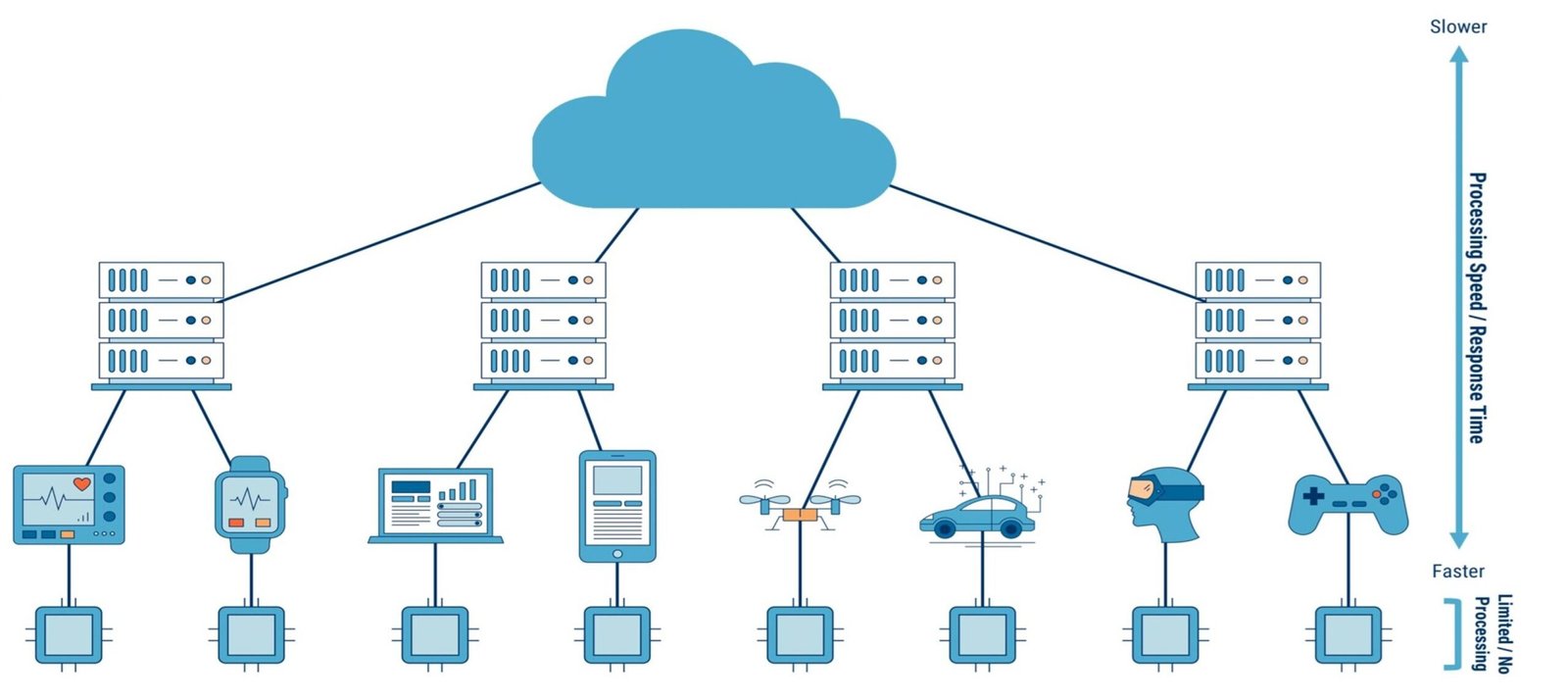
IT Infrastructure
IT Infrastructure refers to the integrated hardware, software, network resources, and services essential for the existence, operation, and management of an enterprise IT environment. It encompasses all physical components such as servers, storage systems, and networking devices, alongside the software and services required to maintain, manage, and optimize an organization’s IT systems. This comprehensive framework ensures that technology resources are effectively utilized to support business operations and drive efficiency.A robust IT Infrastructure provides the backbone for all digital operations, facilitating seamless communication, data management, and application performance.
Why IT Infrastructure Matters?
What We Provide
From Edge Sensors To The Centralized Cloud

